Mechanical Engineering Training Package, Intermediates, Part 1, 10 Exercises
$1,041.00 $347.00 Student Discount
This product includes Geometry & Mesh file and a comprehensive Training Movie.
There are some free products to check our service quality.
To order your ANSYS Fluent project (CFD simulation and training), contact our experts via [email protected], online support, or WhatsApp.
Click on Add To Cart and obtain the Geometry file, Mesh file, and a Comprehensive ANSYS Fluent Training Video.To Order Your Project or benefit from a CFD consultation, contact our experts via email ([email protected]), online support tab, or WhatsApp at +44 7443 197273.
There are some Free Products to check our service quality.
If you want the training video in another language instead of English, ask it via [email protected] after you buy the product.
Description
Mechanical Engineering – ANSYS Fluent Training Package, 10 Practical Exercises for INTERMEDIATE Users (Part 1)
There are 10 practical exercises in this training package by ANSYS Fluent software for Mechanical Engineers. This package presents how to simulate different mechanical devices for all INTERMEDIATE users.
In project number 1, a numerical method has been used to simulate the water discharge of a rotating tank. The Volume of Fluid (VOF) model has been used to simulate and solve the two-phase flow field equations. The primary phase is air and, the secondary phase is water.
In practical exercise number 2, color spraying on a wall has been simulated. We used the one-way DPM to simulate the discrete phase. The injection type is a CONE and the velocity of the particles is equal to 10 with a cone angle of 30 degrees. In project number 3, the spraying color on the wall has been simulated. The DPM Boundary Condition Type is wall film so that the color particles stick to the wall. The present simulation process is performed unsteady and in a time step equal to 0.0025 s.
In project number 4, we simulated a monometer and it has been shown how there is variation in U-tube manometric fluid column. The multiphase VOF model has been used. A convergent-divergent nozzle has been used to create a pressure difference.
In practical exercise number 5, a ram pump has been simulated. In this simulation, a mesh motion model with an angular velocity of 1 radian per second has been used. The water input speed is 1m/s, and at the outlet, water is discharged at atmospheric pressure.
Problem number 6 is a gas cyclone device CFD simulation. In this device, the gas flow enters continuously from the top to the inner space between the two cylinders and then the partial cone. Also, the solid particles enter the cyclone interior from the top as the discrete phase.
Practical exercise number 7 simulates the water flow inside a Francis water turbine. In the present simulation, a flow of water with a flow rate of 1.996 kg.s-1 enters the inner chamber of the turbine. Frame motion (MRF) is used to define the rotation of the blades inside the chamber and to create the resulting rotational flow around the blades.
Problem number 8 simulates the process of water spray into a cubic space. The aim of the present study is to investigate the behavior of water flow during the spraying process from a very small circular section to the inner space of an area with a larger volume, which examines the behavior of water flow by tracing every particle. Therefore, to simulate this model, the Lagrangian perspective should be used, which is possible in the form of a Discrete Phase Model (DPM).
Practical exercise number 9 simulates the two-phase flow of air and water in a distillation column tray. In tray towers, the process of separating the material takes place. The operation of a tray distillation tower is such that hot and rising steam enters the chamber from the lower part of the chamber through several small holes and moves upwards. Simultaneously, a liquid stream enters the chamber from the upper part of the chamber through a large hole and falls to the bottom. As a result, this liquid flow and air vapor collide on one or more trays inside the chamber.
Finally, in project number 10, the two-phase flow of vapor and liquid ammonia in an ejector has been simulated as one of the important mechanical devices. The realizable k-epsilon model is used for flow analysis. The VOF multi-phase model for two phases of liquid ammonia and vapor ammonia has been used to investigate the phase interactions.
You can obtain Geometry & Mesh file and a comprehensive Training Movie that presents how to solve the problem and extract all desired results.
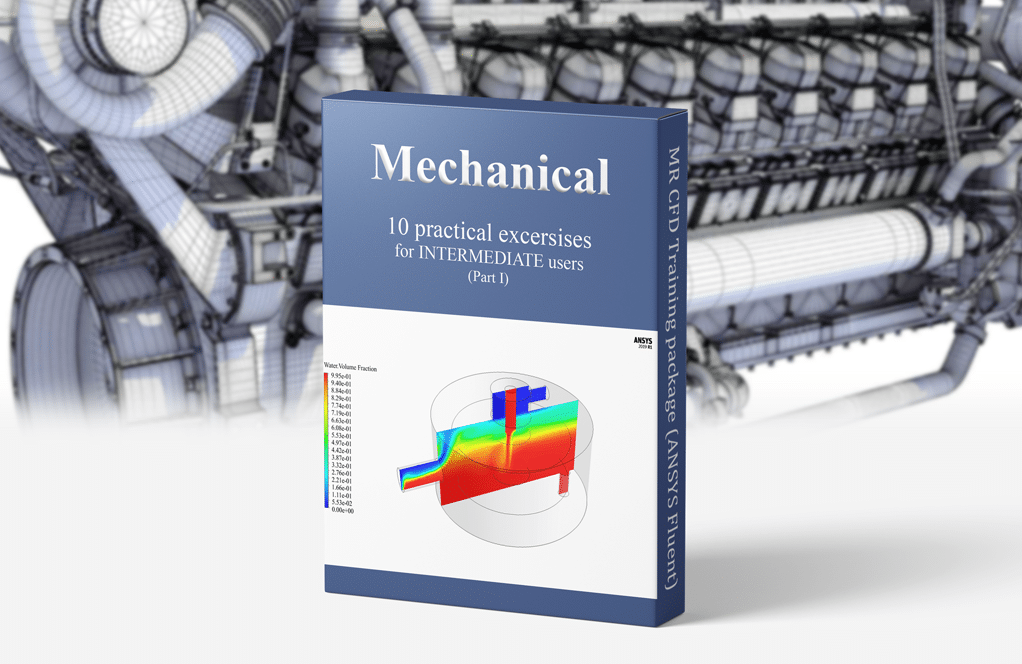
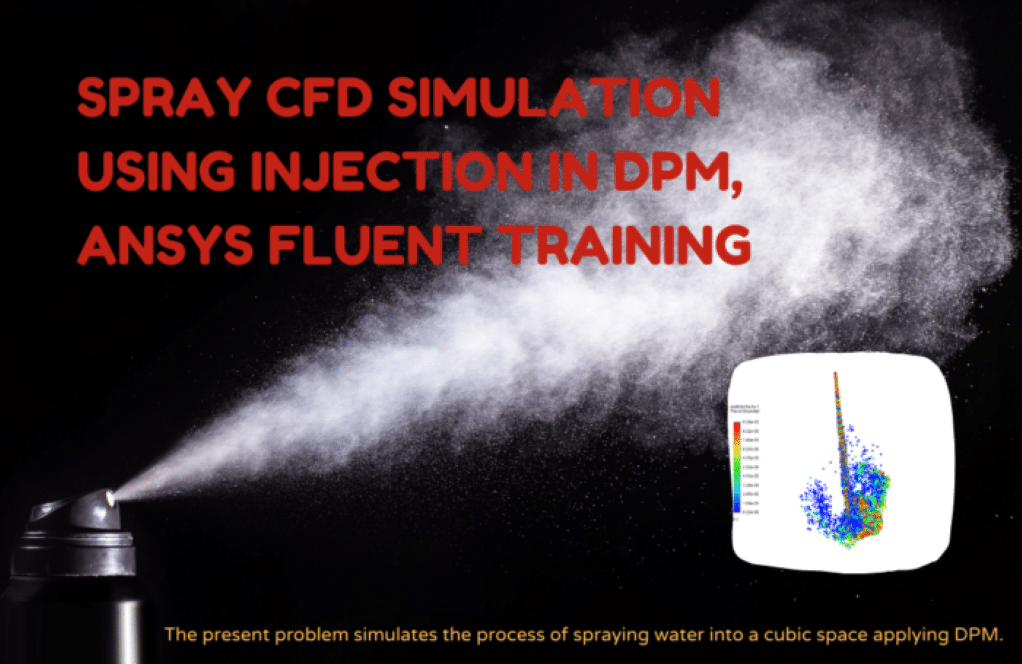
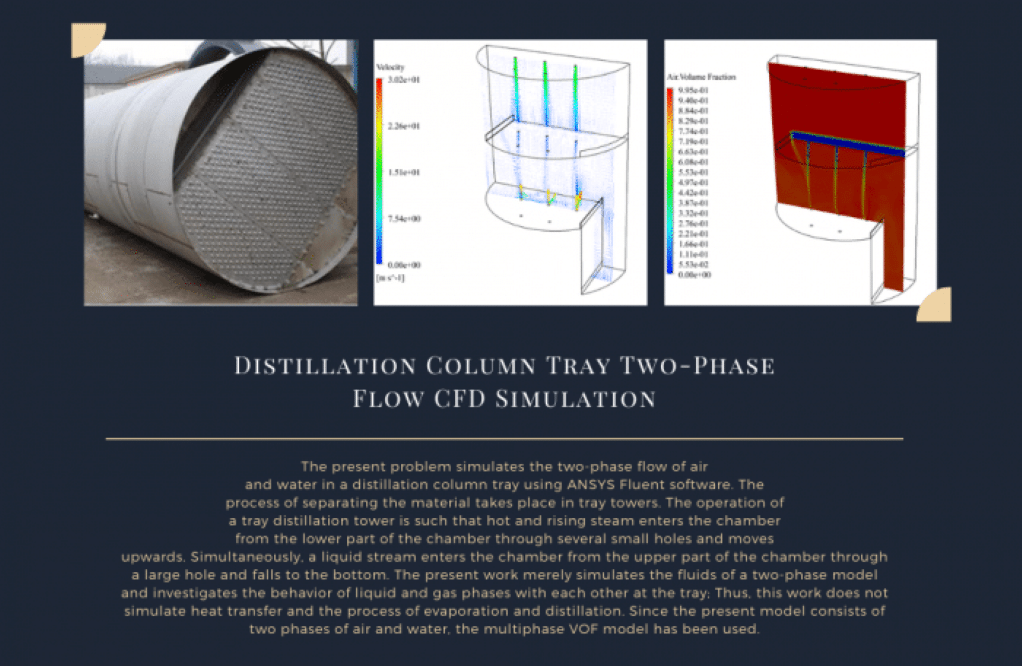
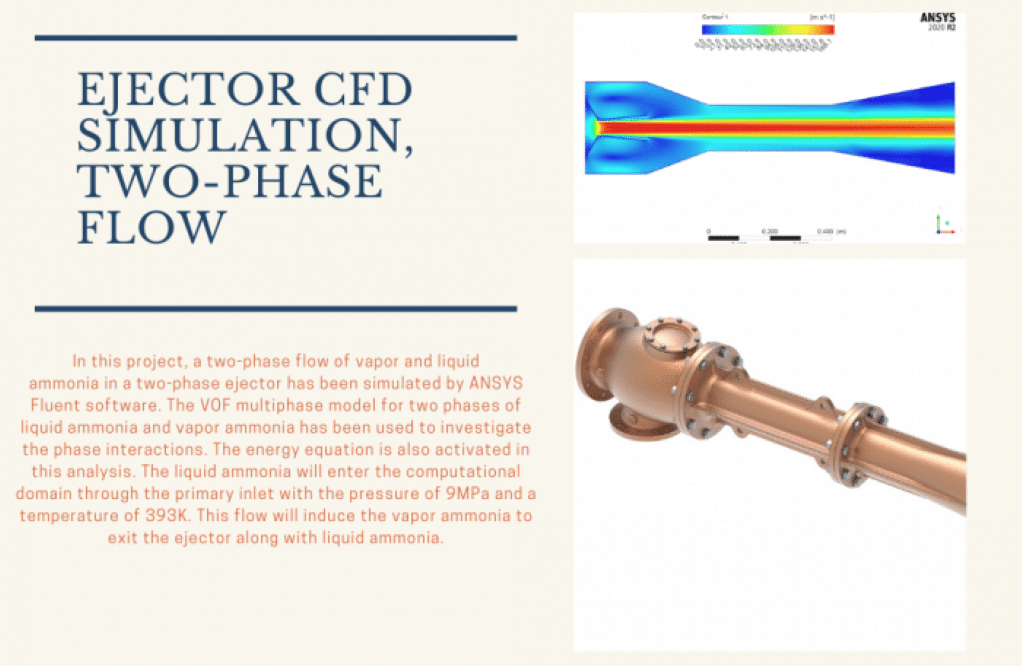
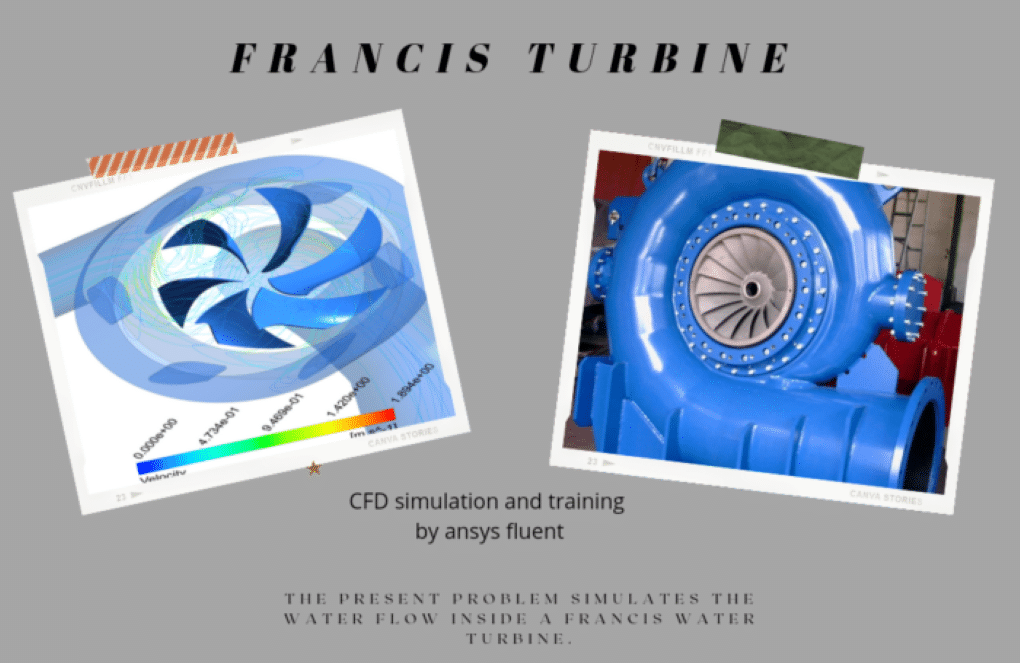
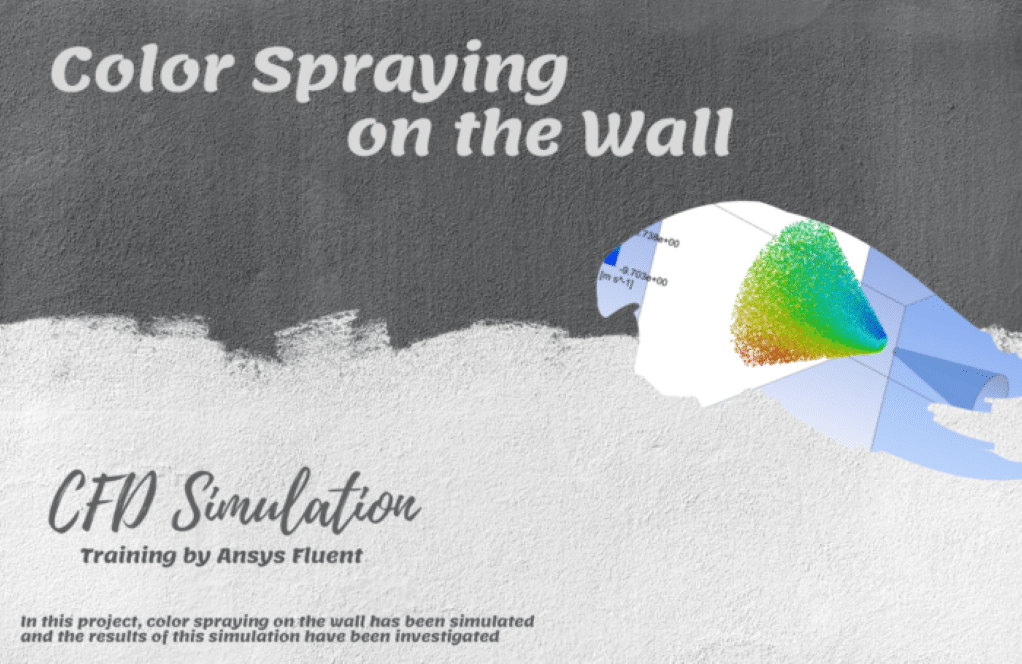
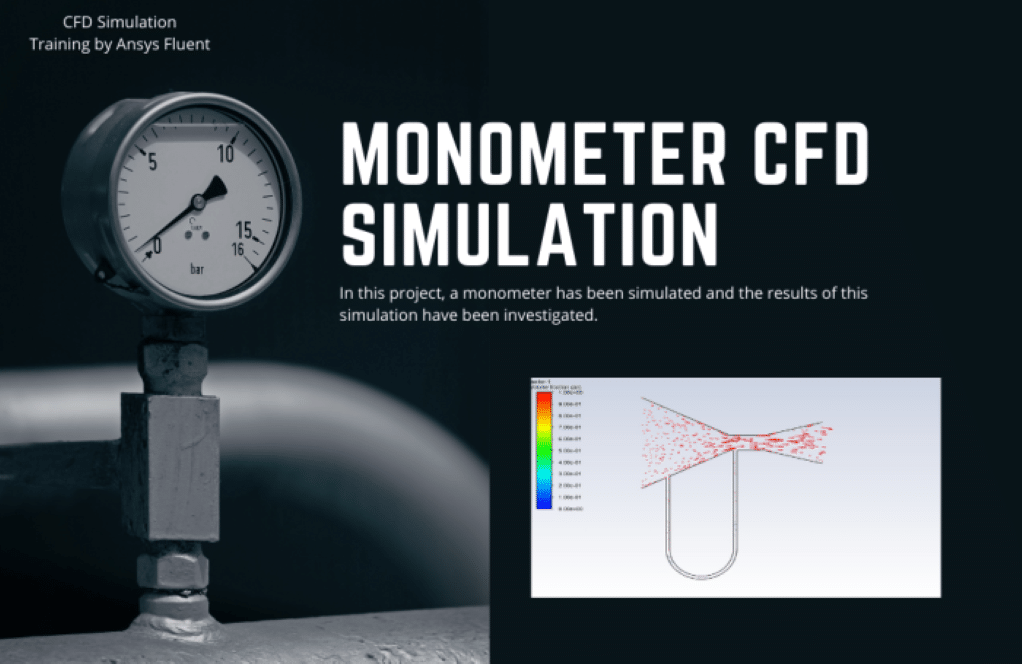
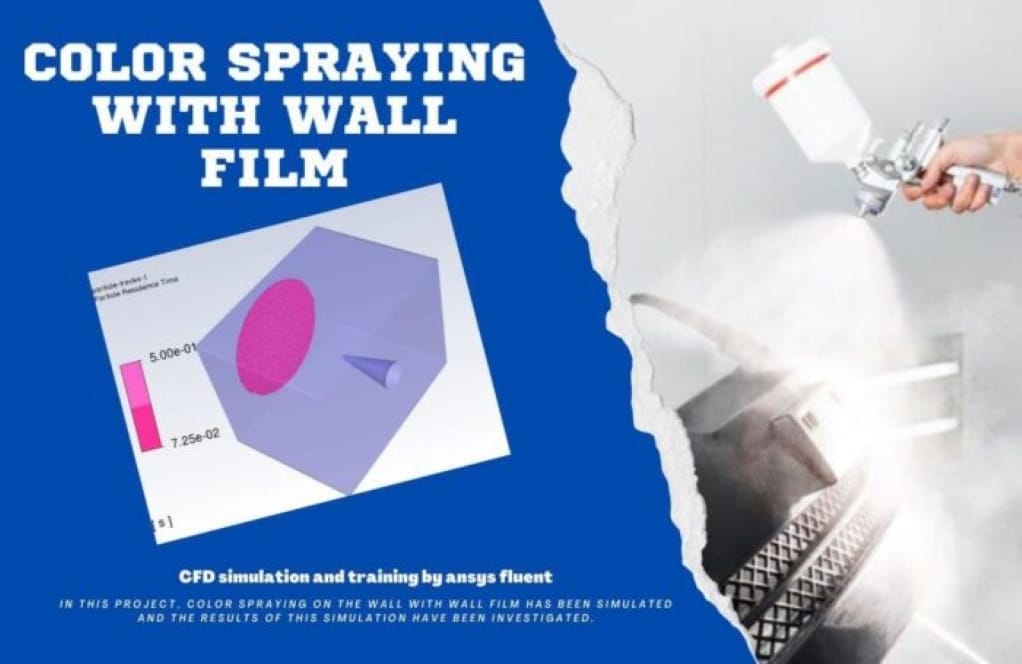

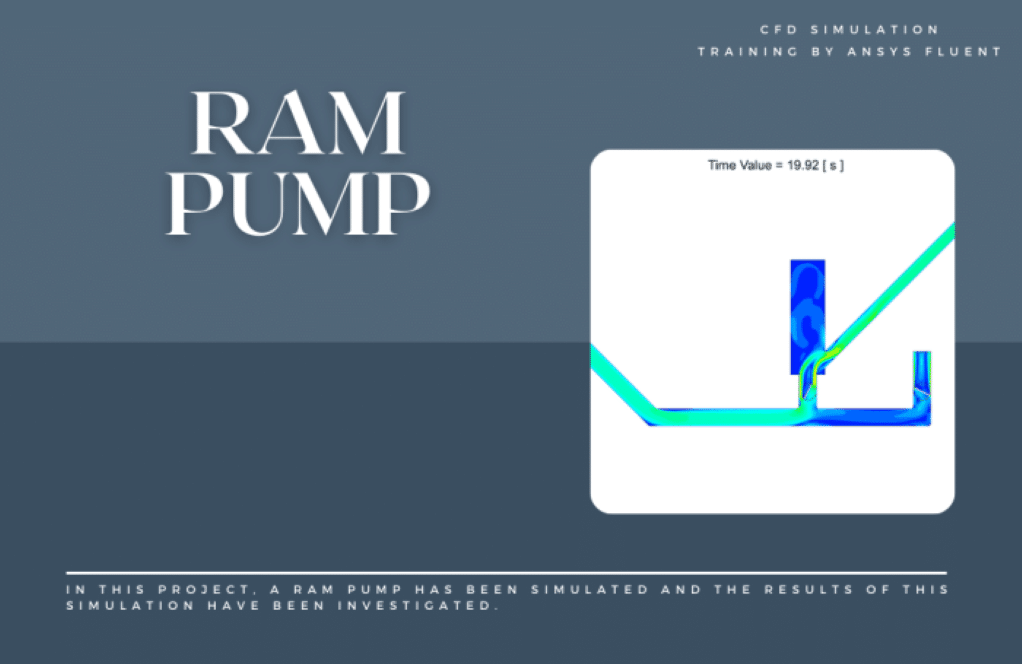
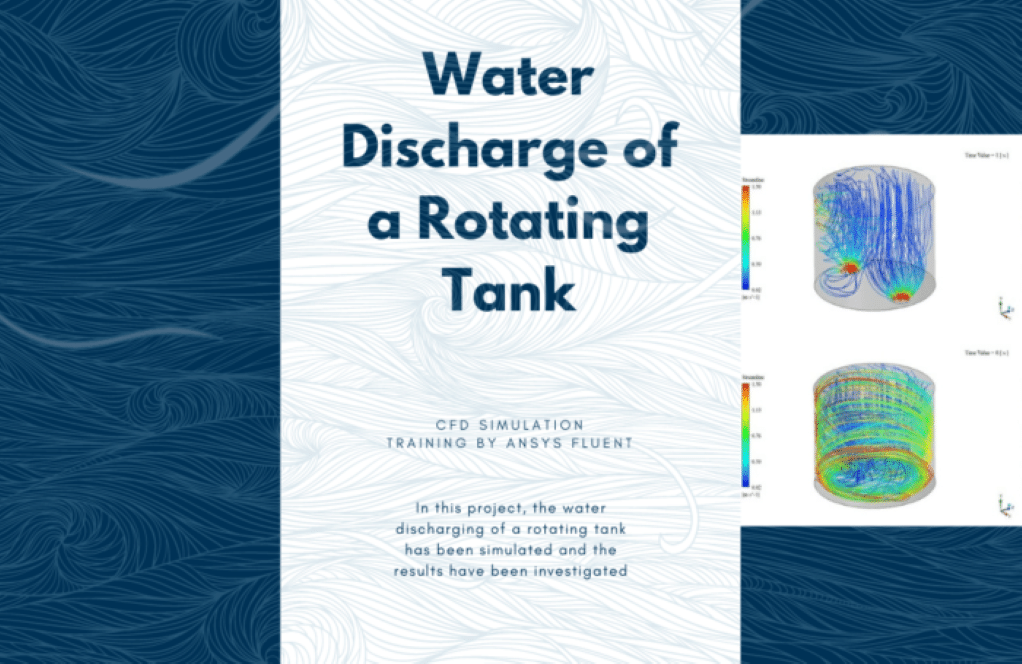
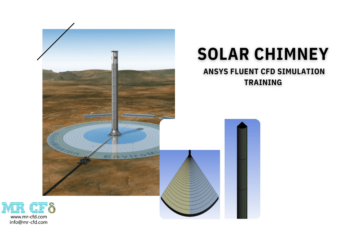
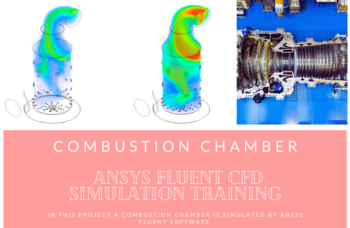
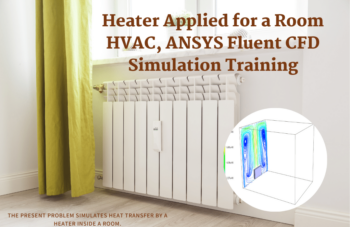
Jevon Lesch –
I need to simulate compressible flows for my research. Does this package cover that?
MR CFD Support –
Yes, this package includes exercises that guide you through the simulation of compressible flows. We can also tailor these simulations to your specific requirements.
Dorthy Kub –
The practical exercises sound comprehensive. I’m curious, does the accompanying Training Movie go into detail about how to set up and interpret each exercise properly?
MR CFD Support –
Yes, the Training Movie included with the Mechanical Engineering Training Package provides detailed instructions on how to set up, run, and interpret each of the simulation exercises. It is designed to guide intermediate users comprehensively through the simulation procedures and result interpretation.
Rosanna Kshlerin –
What exactly does ‘color spraying on a wall’ simulation demonstrate, and how might it be beneficial for practical applications?
MR CFD Support –
The color spraying on a wall simulation demonstrates the behavior of liquid paint particles as they interact with a surface (wall) during spraying. This exercise can be beneficial for analyzing the spray patterns, coverage, particle distribution, and thickness for applications such as automotive, aerospace, and manufacturing industries to optimize spraying processes and equipment design.
Gage Cole –
This Mechanical Engineering Training Package sounds incredibly comprehensive. Could you perhaps elaborate on how the pressure difference in Practical Exercise number 4 impacts the reading in the manometer?
MR CFD Support –
In Practical Exercise number 4 of the Mechanical Engineering Training Package, the pressure difference created by the convergent-divergent nozzle impacts the manometer reading by causing a variation in the fluid column heights within the U-tube. As the pressure changes due to the nozzle, the simulation demonstrates how fluid levels in the two arms of the manometer correspond to this pressure differential, highlighting the device’s capability to measure pressure variations accurately.
Larue Quitzon MD –
I purchased the Intermediate Part 1 Mechanical Engineering Training Package and found the selection of exercises diverse and challenging. The simulations offered practical insights into fluid dynamics and multiphase flow, greatly enhancing my understanding. However, I had difficulty with excerise number 7 on the Francis water turbine—the concept of Frame motion was a bit confusing for me. Could you provide a clearer explanation about how the MRF technique is applied in this simulation?
MR CFD Support –
Absolutely, we’re glad to hear the package has been beneficial for you! Regarding your question, the Moving Reference Frame (MRF) approach in the Francis water turbine simulation involves treating the rotating turbine blades as if they’re in a steadily rotating reference frame rather than physically modeling their rotation. With MRF, you avoid the complexity of meshing around moving parts. Instead, the rotational effects are incorporated into the flow calculations. This greatly simplifies the meshing and computation while still capturing the essential flow dynamics caused by the rotation of the blades.
Faye Huels III –
The projects in this package seem quite advanced. Can beginners in CFD also benefit from such simulations?
MR CFD Support –
While this package is tailored for intermediate users familiar with CFD concepts and ANSYS Fluent, beginners can also learn from these exercises. Seeing practical applications can enhance understanding, although beginners may need to study fundamental CFD concepts and ANSYS Fluent navigation through entry-level materials or supplemental instruction first.
Horace Berge –
Wonderful training package! It has a very diverse collection of exercises which are invaluable for enhancing CFD skills in mechanical engineering. The step-by-step guide was extremely helpful in following through each exercise.
MR CFD Support –
Thank you for your positive feedback! We’re thrilled to hear that our training package has been valuable in enhancing your CFD skills. We always aim to provide comprehensive and diverse exercises to support learning and application. We appreciate your compliment and are here in case you have any more questions or need further assistance.
Nedra Boyle Jr. –
The intermediate training package sounds very extensive! It must include a lot of detailed information to help understand the principles behind these exercises. Do you provide any sort of post-training support or forums where users can discuss these practical exercises and tackle problems that they might encounter?
MR CFD Support –
We are thrilled that you’ve found our Mechanical Engineering Training Package to be detailed and comprehensive. To assist you further, we do provide post-training support via email and arranged consulting sessions. Additionally, there is a forum for all users where you can discuss these practical exercises and share or resolve issues with peer support. Our aim is not just to teach but also to ensure a fruitful learning journey with MR CFD.
Jaeden Skiles –
The training package seems comprehensive, but how long does it typically take to complete all 10 practical exercises for an intermediate user?
MR CFD Support –
The time it takes to complete all 10 exercises will vary depending on the user’s familiarity with ANSYS Fluent and the complexity of each exercise. Typically, an intermediate user might spend a few hours on each exercise. It is always best to plan for each exercise to take longer than expected to ensure a thorough understanding and proper troubleshooting if necessary.
Elna Boyle –
I’m working on a project that involves simulating flows in porous media. Can this package help me with that?
MR CFD Support –
Absolutely, this package includes exercises that cover the simulation of flows in porous media. We can also adapt these simulations to your particular needs.
Gretchen Donnelly –
I’m thrilled with the hands-on experience this package provided. Learning the different simulation setups for mechanical applications has upgraded my skill set. The step-by-step tutorial videos are a huge plus. Great work!
MR CFD Support –
Thank you for your kind feedback! We’re delighted to hear our training package has helped enhance your abilities in mechanical simulations using ANSYS Fluent. Your satisfaction with our step-by-step tutorials is appreciated. We look forward to providing you with more valuable learning experiences in the future.
Hans Leffler –
My project involves the simulation of non-Newtonian fluids. Does this package provide any guidance on this?
MR CFD Support –
Yes, this package includes exercises that help you understand the simulation of non-Newtonian fluids. We also offer the possibility to customize these simulations according to your specific requirements.
Dr. Abel Sporer –
This package helped clarify so many concepts I was struggling with. The variety of simulations provided a broad spectrum of CFD challenges and solutions, especially the simulation of the Francis water turbine and the distillation column tray which were quite impressive.
MR CFD Support –
Thank you for your kind words! We’re thrilled to hear the package helped clarify challenging concepts and that you found the variety insightful and impressive. If you have any more questions or need further assistance, don’t hesitate to ask!
Delbert Beier –
The training package seems comprehensive. Can you explain how the package assists with understanding the practical application of these simulations in real-world engineering problems?
MR CFD Support –
Absolutely, this training will help you grasp the fundamentals of using simulation tools for practical mechanical engineering challenges. Each exercise is designed to address a specific mechanical device or scenario, underpinning the theory with hands-on experience, enhancing problem-solving skills, and bridging the gap between academic concepts and their application in professional practices.
Sid Tillman –
The training package seems comprehensive. Can I know the prerequisites for starting with these intermediate exercises?
MR CFD Support –
The intermediate training series assumes that learners have a basic understanding of CFD principles and proficiency with ANSYS Fluent software. Before starting, users should be comfortable with basic mesh generation, setting up boundary conditions, running simulations, and performing post-processing to analyze results.